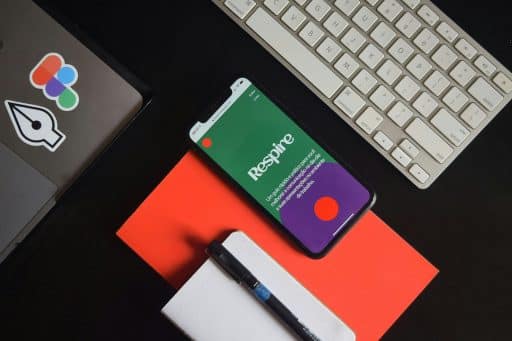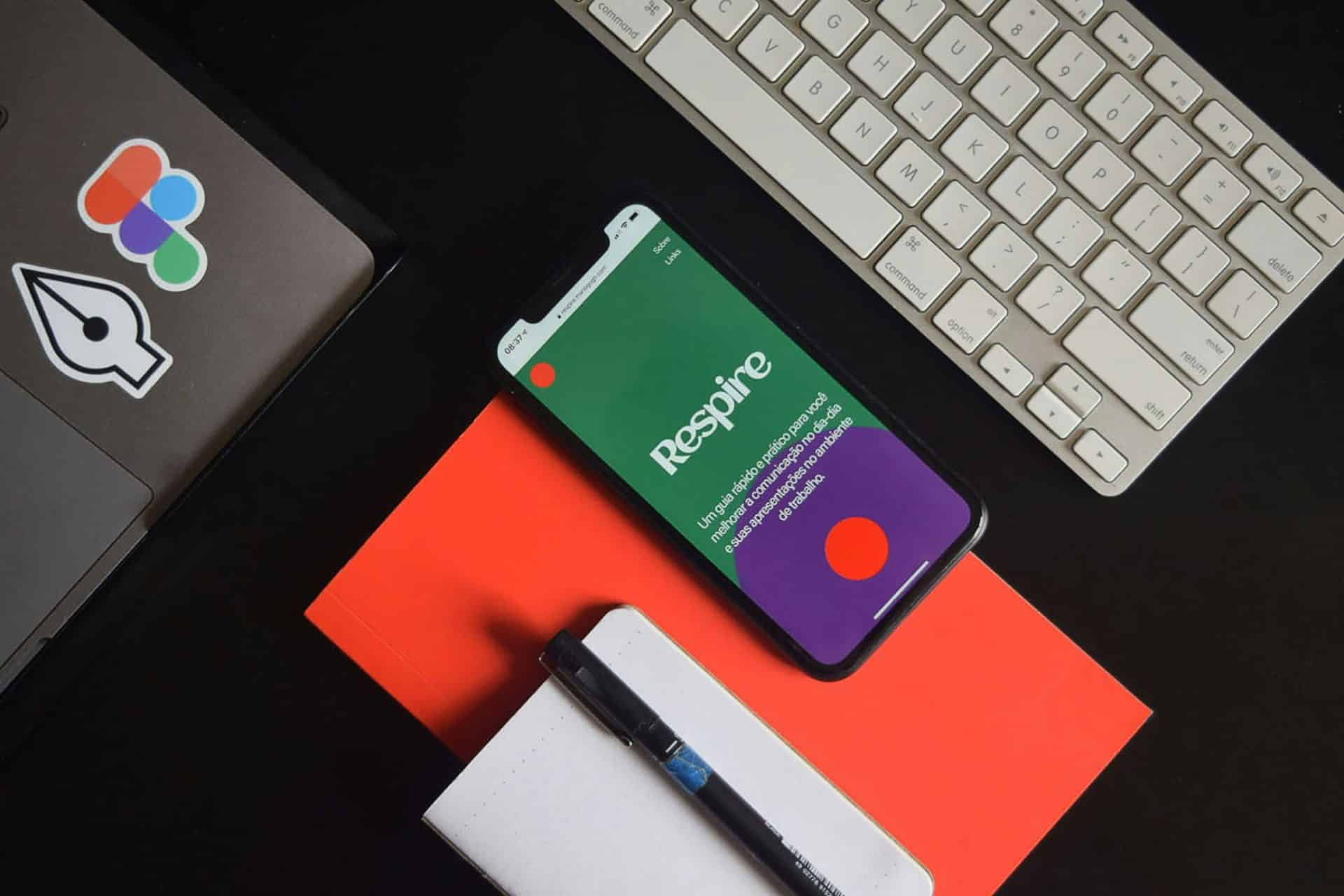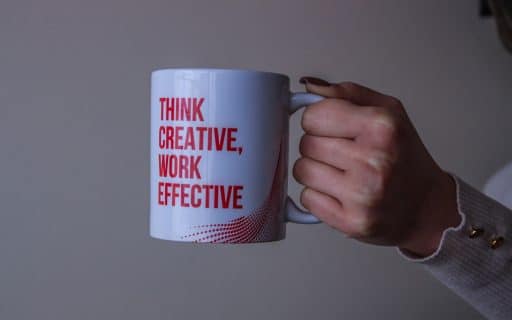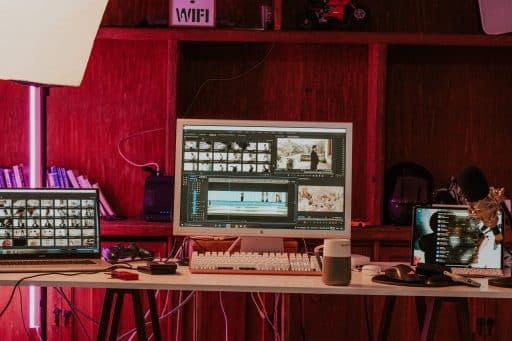Introduction to Figma
What is Figma?
Figma is this nifty online design tool that lets us whip up user interfaces, graphics, and those cool clickable prototypes right from our browsers. No need to download anything fancy! We can work together in real-time, making teamwork as smooth as butter. Designers just starting out or trying to up their game really dig it because it’s super accessible and user-friendly.
Why Figma is Popular Among Designers
Designers love Figma because it just gets us. It’s easy to use and comes packed with features that make our creative juices flow. Here’s the lowdown on why so many designers are getting on board:
| Feature | Description |
|---|---|
| Real-time Collaboration | We can all jump into the project and make changes on the fly, no waiting around for feedback. |
| Cloud-Based | We can pick up where we left off from any gadget that’s online; no sweat about fancy tech. |
| Comprehensive Design Tools | From vectors to prototypes, Figma’s got tools galore for whatever we want to create. |
| Integrations | Plays well with all sorts of plugins and tools, jazzing up our design game with stuff like figma design system goodies. |
What’s even sweeter is that Figma’s community is a treasure chest of learning. Loads of tutorials, handy tips, and starting templates like figma web design templates are at our fingertips to kickstart projects with ease.
In the showdown with competitors like Sketch, Figma shines with its killer collaboration and works-anywhere vibe. For a deeper dive, check out our post on figma vs sketch.
To wrap it up, Figma blends flexibility, teamwork, and all the right tools, making it a hot pick for budding designers keen to boost their skills and keep their workflow slick.
Getting Started with Figma
Creating a Figma Account
Let’s dive into the Figma fun by setting up our account—it only takes a few moments. Here’s the lowdown:
- Head over to the Figma website.
- Hit that “Sign Up” button.
- Choose whether we’re signing up with our email or hitching a ride with Google.
- Follow along to verify our email and get our profile up and running.
With our account ready, we’re all set to tap into the whole shebang of Figma’s offerings and start crafting designs like pros.
Navigating the Figma Interface
Alright, account’s set, so let’s get cosy with the Figma interface. Grasping the layout is going to make our life a breeze as we get our creative juices flowing.
Here’s the lay of the land:
| Component | What’s the Deal? |
|---|---|
| Toolbar | Our toolbox for all the goodies—selecting, doodling shapes, scribbling text, and the likes. |
| Layers Panel | Snuggled on the left, it’s our go-to for juggling and lining up all the different layers and bits in our design. |
| Canvas | Right at the heart, this is our playground. Zoom in, zoom out, whatever floats our boat. |
| Properties Panel | Over on the right, it’s where we tweak every little thing—colour, size, you name it. |
| Assets Panel | A treasure trove of icons and components waiting to be plundered and added to our designs. |
Getting the hang of these parts will have us breezing through Figma in no time.
If we’re craving more order in our creative chaos, have a peek at the figma design system for tidying up our assets and styles. Feeling adventurous? Check how Figma sizes up against its rivals over at our figma vs sketch showdown.
With our account set and interface basics under our belt, we’re all geared up to explore the cool stuff Figma’s got up its sleeve.
Design Basics in Figma
So if you’re getting your feet wet in the world of design, Figma’s where it’s at. We’ll be having a chinwag about frames, artboards, and the ins and outs of shapes and text – all stuff that make your designs pop.
Understanding Frames and Artboards
Let’s jump into the nitty-gritty of frames and artboards. Frames in Figma are like little treasure chests for your design doodads. You’ve got shapes, pics, text – all together in one neat package. It’s a nifty way to keep your creativity on a leash and stop it from running wild.
Now, artboards are like your canvas where you paint your masterpieces. They’re the blank slates for your web or mobile screens, and guess what? You can have a bunch of them in one Figma file. Handy, right?
| Feature | Description |
|---|---|
| Frames | Groups elements and wrangles layers. Tweaked and styled to your heart’s content. |
| Artboards | Dedicated design spaces for screens or components. Provide a snapshot of our designs. |
Keeping our designs all neat and pretty is the aim, right? By using frames, we get to be the boss of our elements. And artboards? They give us a sneak peek of how things fit together.
Using Shapes and Text
Shapes and text are like the bread and butter of Figma designs. You’ve got your rectangles, circles, and other geometric buddies in the shape toolbox, which you can jazz up with colours and fancy effects like shadows or blurs.
Figma’s text options give us everything we need to make words sing, from changing the font to playing around with size and colour. Whether it’s bold, flashy headlines or soft-spoken body text, it’s all in our hands.
| Shape/ Text Feature | Options Available |
|---|---|
| Shapes | Rectangle, Circle, Line, Polygon, Star |
| Text | Font style, Font size, Line height, Letter spacing, Text alignment |
When tossing shapes and text together, think about how they vibe with each other. A well-placed shape with some snazzy text can tell a story – it’s like a picture book without the bedtime.
By getting cozy with frames, artboards, shapes, and text, we’re setting a solid groundwork in Figma. And if you’ve got the itch to dig deeper, check out our piece on figma design system and level up your skills.
Collaborating in Figma
Figma’s got our back when it comes to working together as a team. Its collaboration features make it a dream for designers teaming up. Let’s check out how we can easily share our work and get feedback like pros.
Sharing Your Designs
Getting our designs into everyone’s hands is a breeze with Figma. All it takes is a click on the ‘Share’ button up in the top-right corner. This is where we can decide who gets to see or change what. Do we want team members as mere viewers or full-fledged editors?
Sharing means creating a handy link. With this, we decide who gets what level of access. Here’s a quick rundown:
| Access Level | Description |
|---|---|
| Viewer | Just looks around, no touching. |
| Editor | Can make changes as they please. |
| Commenter | Adds thoughts without moving things around. |
By setting these rules, we’re all set for smooth sailing—team creativity meets design control at its best.
Commenting and Feedback Features
Now, onto Figma’s knack for handling feedback. It’s like they’ve got a built-in suggestion box. Once our design’s out there, team members can slap comments right onto it. This way, we know exactly what needs tweaking—no mind reading involved. Adding a comment is easy. Just tap the comment symbol or hit ‘C’, then note your thoughts on the design.
We can respond to comments too, turning a lone comment into a proper chat about design. Once a suggestion’s been sorted, mark it resolved to keep our workspace tidy. This keeps everyone in the loop and lets us focus on refining our creations.
These tools let us partner up without dropping the ball on any of our brainstorms. For a deeper dive into how to harness Figma’s magic in teamwork, why not swing by our piece on the Figma Design System?
Advanced Features in Figma
Ready to push the boundaries with Figma? As we continue our beginner’s journey, let’s peek into some of its snazzier features: components and styles, plus prototyping and animation tools. You’re in for a treat!
Using Components and Styles
Components and styles are like your design fairy godmothers, helping you whip up magic across all your projects. They’re your go-to for making sure everything looks just right everywhere.
Components act like cloneable superpowers. You make something once, and then, bam; it’s everywhere! Change one thing on the main component, and like magic, all its copies update too. Perfect for stuff like buttons, menus, and ensuring everything’s all matchy-matchy.
Styles are your secret sauce, letting you apply colours and fonts with a flick of the wrist. Pre-set your styles and slap them on any design part, and you’re all set. You’ll keep things looking sharp without breaking a sweat.
| Feature | What It Does |
|---|---|
| Components | Clone and keep it consistent, always. |
| Styles | One look, endless applications. |
Curious for more? Our figma design system read has all the hacks for crafting a slick design library that’ll impress any boss.
Prototyping and Animation Tools
On the hunt for interactivity? Figma’s got flashy prototyping and animation tools so you can wow clients and make ideas pop. Connect your frames to mimic real-life navigation—it’s like magic!
Tie those frames together with some of Figma’s prototyping tricks. Add animations to give life to static designs. This bit of extra spice shows off the user experience in style and connects the dots beautifully.
| Feature | What It Does |
|---|---|
| Prototyping | Mimick the user’s journey, yo! |
| Transitions | Make moves between screens silky smooth. |
Experimenting with animation perks is kind of like inviting users on an adventure where they get excited and stay intrigued. Curious about some design tool face-offs? Check our cheeky comparison read on figma vs sketch.
By diving into components, styles, prototyping, and animation on Figma, you’re ramping up your design game. Ready to bring those creative dreams to life? We bet you are!
Tips and Tricks for Beginners
Keyboard Shortcuts for Efficient Designing
To turbocharge our design mojo in Figma, those keyboard shortcuts’ll be our best mates. They help us whiz around and tweak with ease, letting creativity trump clicking. Have a gander at this nifty table of shortcuts to get us moving faster than a cheetah on a skateboard:
| Action | Windows | Mac |
|---|---|---|
| Select Everything | Ctrl + A | Command + A |
| Deselect All | Ctrl + Shift + A | Command + Shift + A |
| Copy | Ctrl + C | Command + C |
| Paste | Ctrl + V | Command + V |
| Undo | Ctrl + Z | Command + Z |
| Redo | Ctrl + Shift + Z | Command + Shift + Z |
| Groupify | Ctrl + G | Command + G |
| Unravel Group | Ctrl + Shift + G | Command + Shift + G |
| Peekaboo Layers | Ctrl + Shift + L | Command + Shift + L |
| Magnify | Ctrl + + | Command + + |
| Mini-fy | Ctrl + – | Command + – |
Using these shortcuts will make us quicker than a greyhound chasing a rabbit, allowing more time for design flair and less on fiddling about.
Resources for Learning and Improving Your Figma Skills
On our path to Figma mastery, we need some solid resources to beef up our skills. Here’s what’ll get us up to speed:
-
Figma Community: This is the goldmine of templates and styles. We can nab ideas and tweak them for ourselves. If you fancy discovering more, peek at the figma design system.
-
Online Courses: Hit up Coursera or Udemy for structured Figma knowledge from newbies to pros.
-
YouTube Tutorials: Plenty of video whizzes there showing the ropes of Figma. Great for those who like to see rather than read.
-
Blogs and Articles: Articles diving into Figma best practices can light up those ‘aha’ moments. For example, comparisons like figma vs sketch help suss out why Figma might just be our fave.
-
Design Challenges: Jumping into challenges or hackathons forces us to stretch our skills. Dribbble often has design challenges to keep us on our toes.
-
Figma Web Design Templates: Checking out figma web design templates inspires our projects, showing us various design structures we can play with.
Dipping into these resources will surely polish our Figma chops, pushing us to design greatness. The more we practice, the sharper our creations will become, sending our design skills to new heights.






